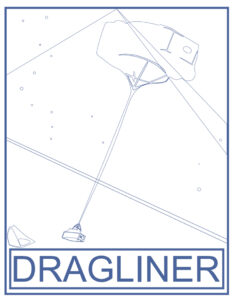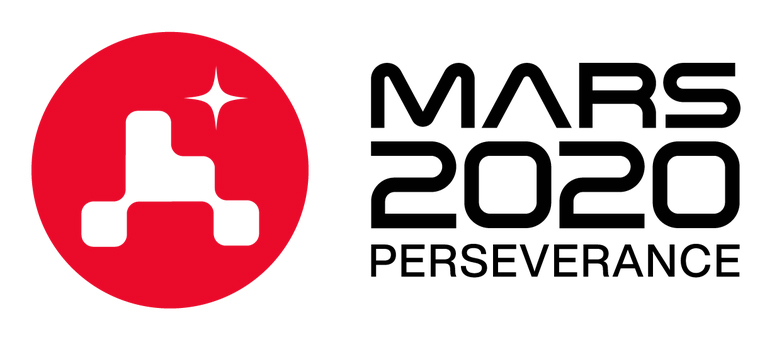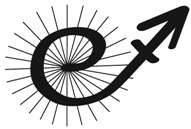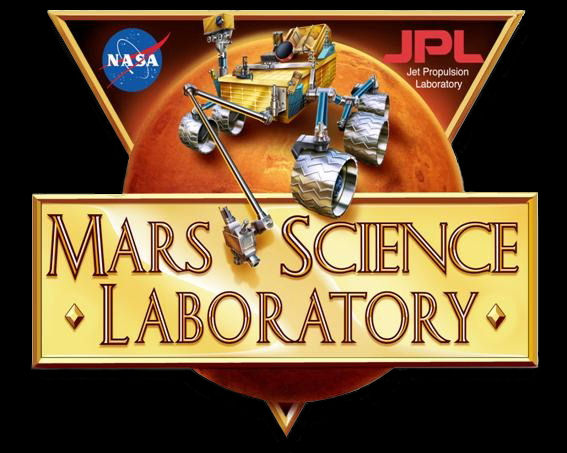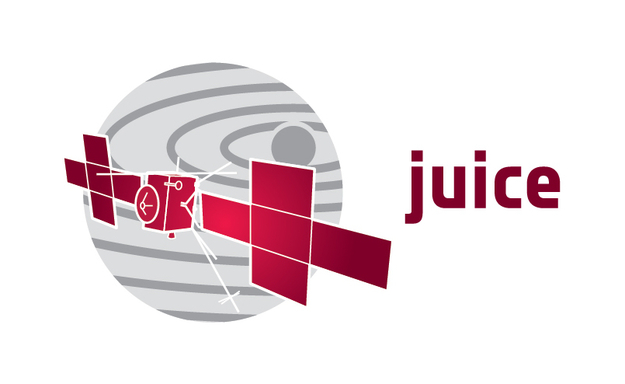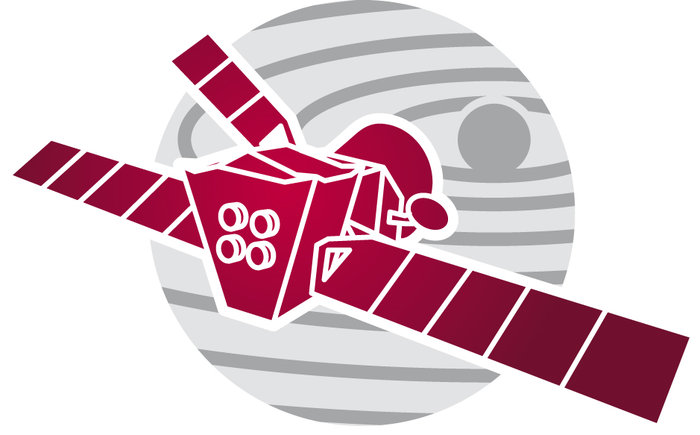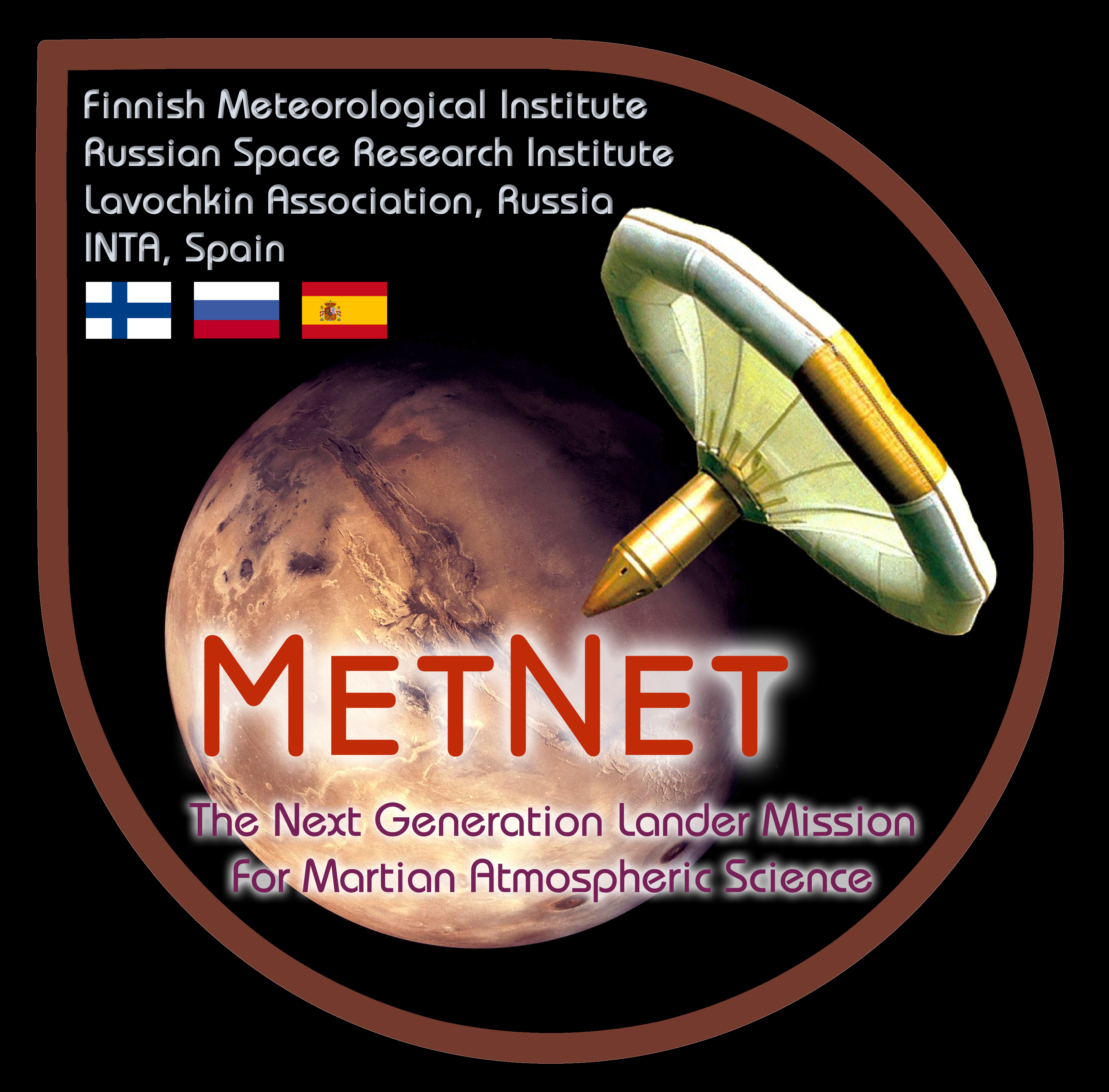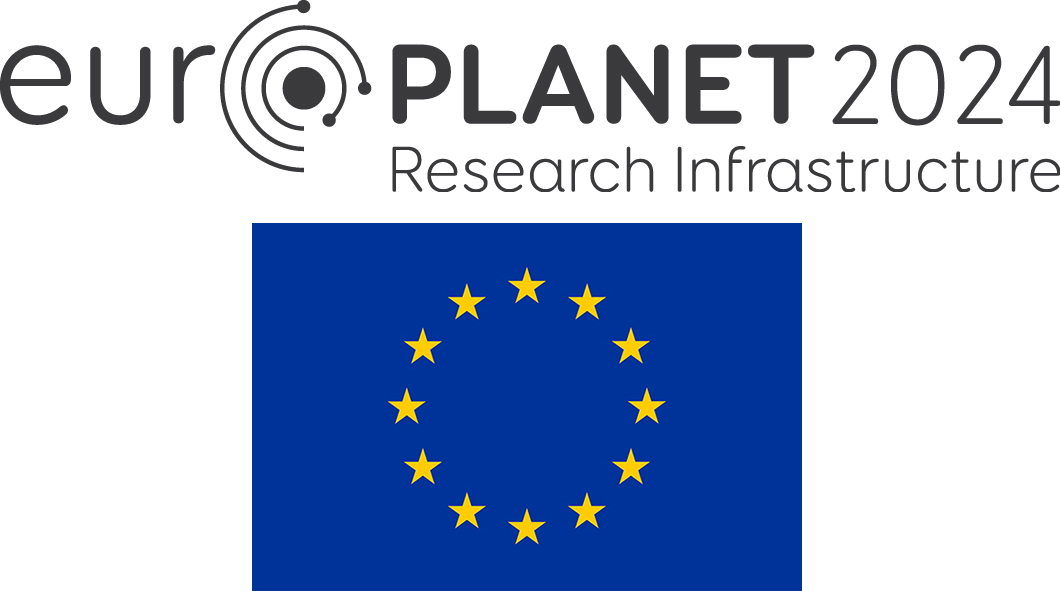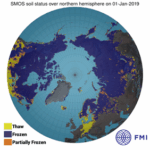* This project has received funding from the European Union’s Horizon 2020 research and innovation programme under grant agreement No 871149
Introduction and Background
Our expertise in space instruments dates back to year 1986 and to our first planetary project, Phobos, which was a co-operative mission to Mars with the former Soviet Union. From the past, other projects like PPI/HASI/HUYGENS, MVACS/Mars Surveyor 1998, and the late Mars-96 provide a good view of FMI’s sensor activities. FMI’s space research program was heavily involved in ESA’s Cometary mission, Rosetta, which has bee the institute’s biggest space project up to now. Our involvement consisted of 2 lander subprojects: CDMS (Mass Memory of the Lander’s Command and Data Management System) and the PI-instrument PP (Permittivity Probe), and 4 orbiter projects: Dust analyzer COSIMA, and the plasma instruments ICA, LAP and MIP. All of these projects cover a wide range of application areas; from instrument manufacturing, and software development to quality assurance tasks.
Several space programmes with FMI involvement have reached operational phase and produce new data. The Finnish pressure sensors on Huygens collected detailed atmospheric data during the descent through Titans dense atmosphere. The cometary mission Stardust provided information about the dust-plasma interactions on comets and visited the Deep Impact mission’s primary target comet Tempel 1 and secondary target comet Wild-2. And the plasma and dust monitor SPEDE on ESA’s SMART-1 mission to the Moon collected a wealth of information until 10 seconds before the satellite’s spectacular impact on the Moon’s surface September 3, 2006.
NASA’s Mars mission Phoenix landed at high latitudes of Mars in May 2008 and returned a wealth of new information including detailed atmospheric pressure recordings from FMI’s sensors. FMI’s pressure and humidity sensors for NASA’s Mars Science Laboratory mission were delivered in Summer 2008. The rover “Curiosity” landed on August 6 2012 and was followed by Mars 2020 rover Perseverance with the next generation of FMI’s pressure and humidity sensors aboard. ESA’s Mercury mission BepiColombo includes 2 instrument groups with FMI participation: the Finnish X-ray instrument SIXS and the plasma instrument consortium SERENA.
We spend approximately 8 man-years annually on pure technological design and manufacturing tasks, and use various Finnish industrial subcontractors at regular basis to complement the projects. Our main areas of expertise are sensor technology, particularly athmospheric sensors, and microprosessors with associated flight software which are routinely used in space and ground-based instrumentation projects.

